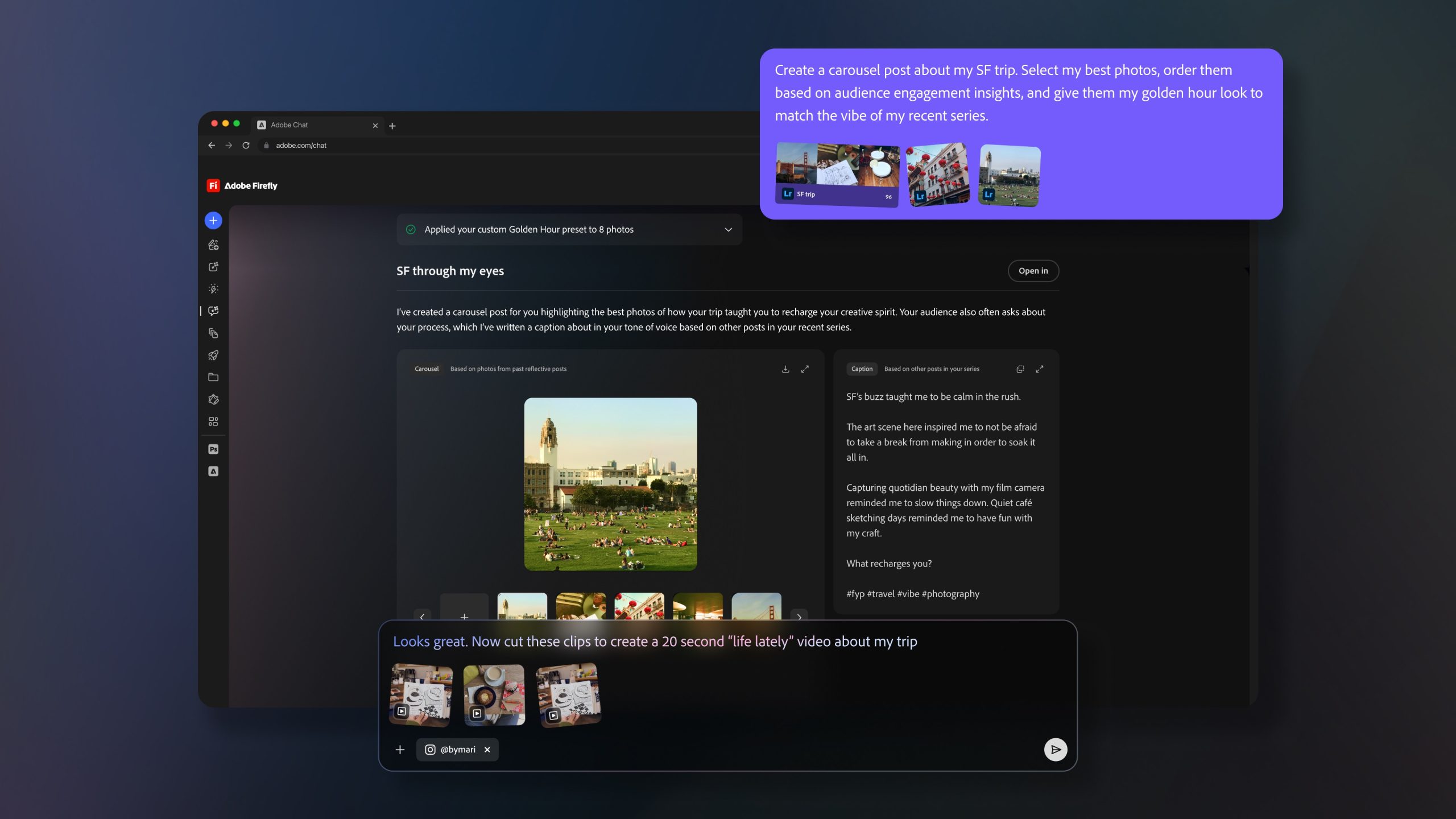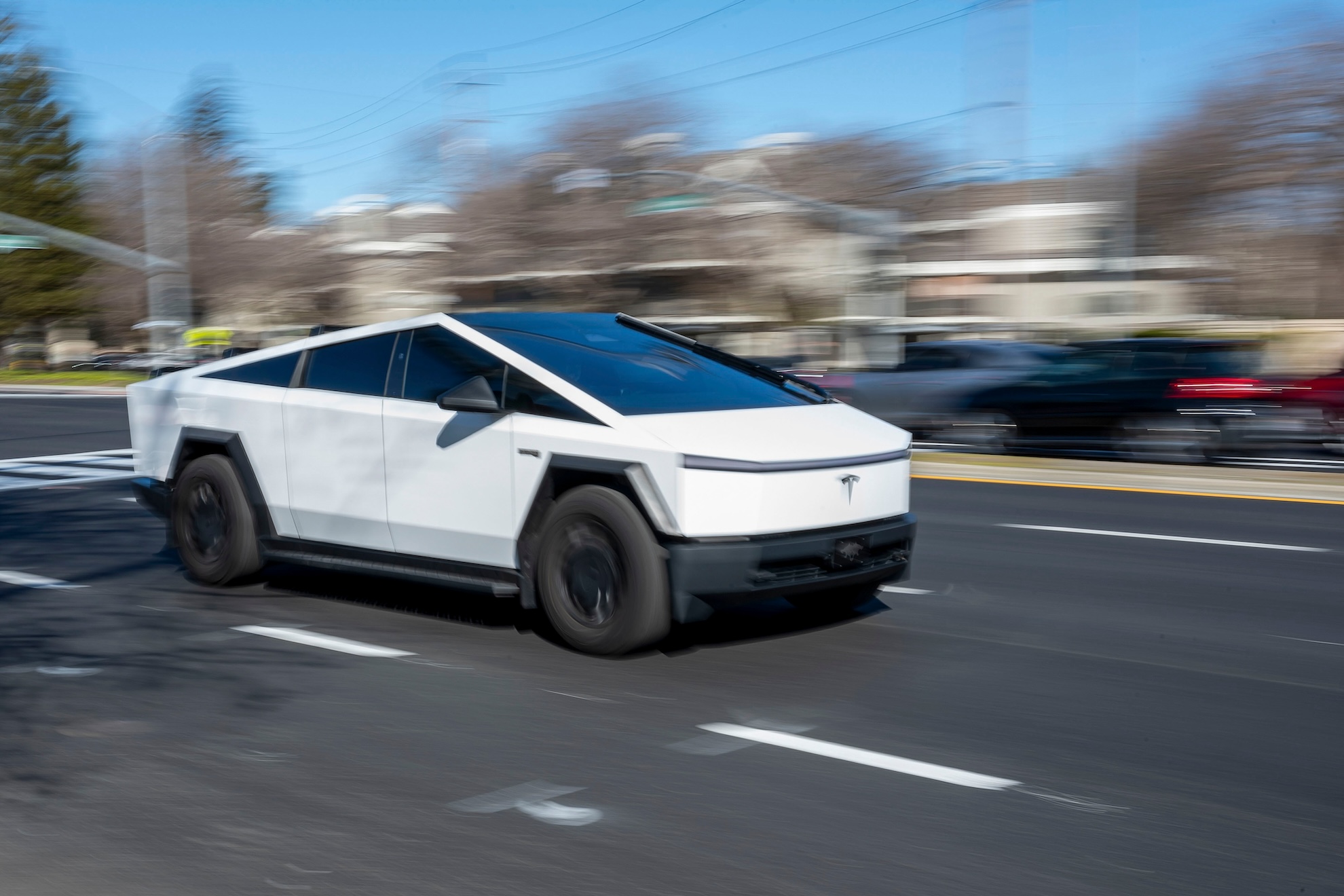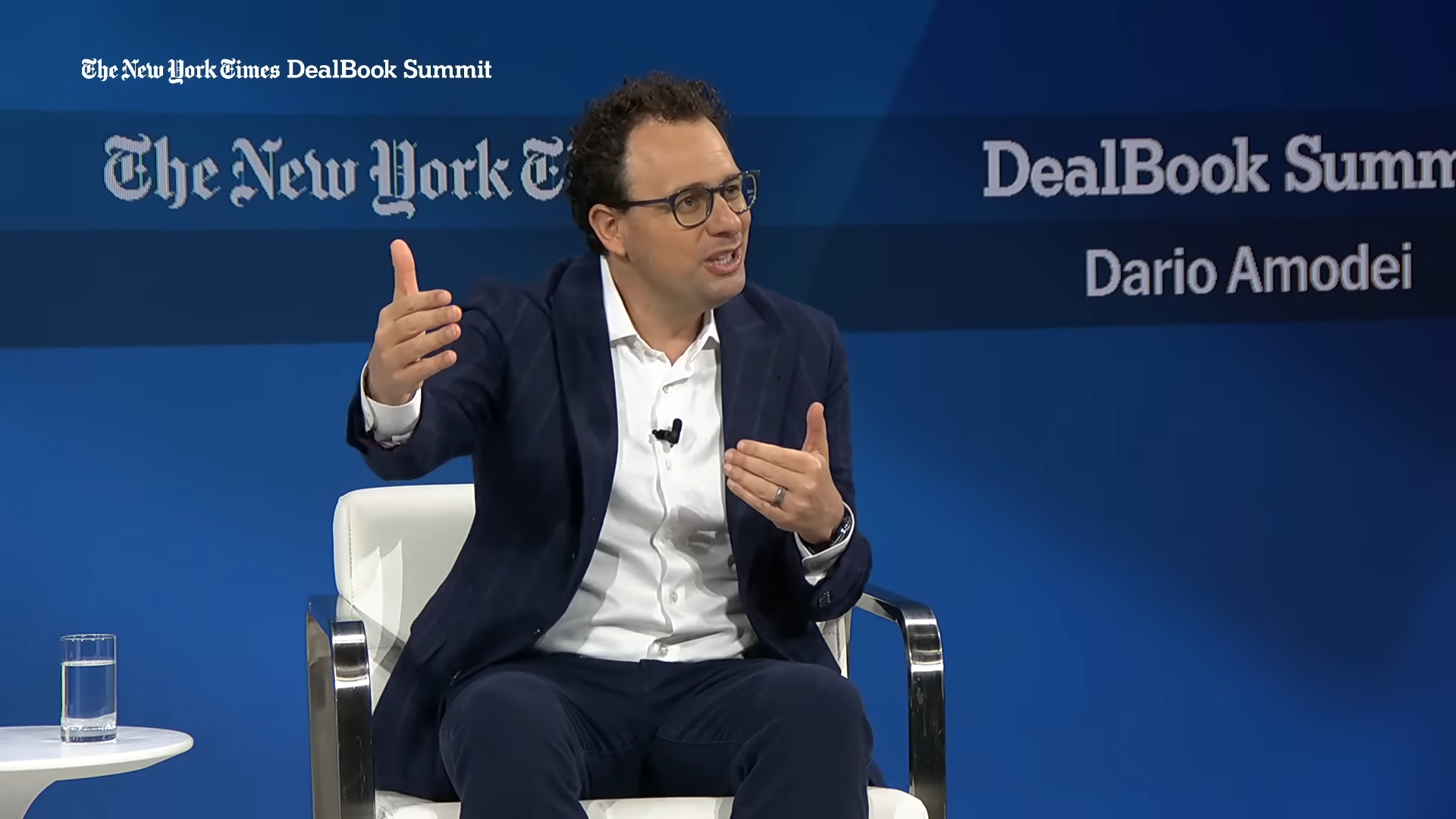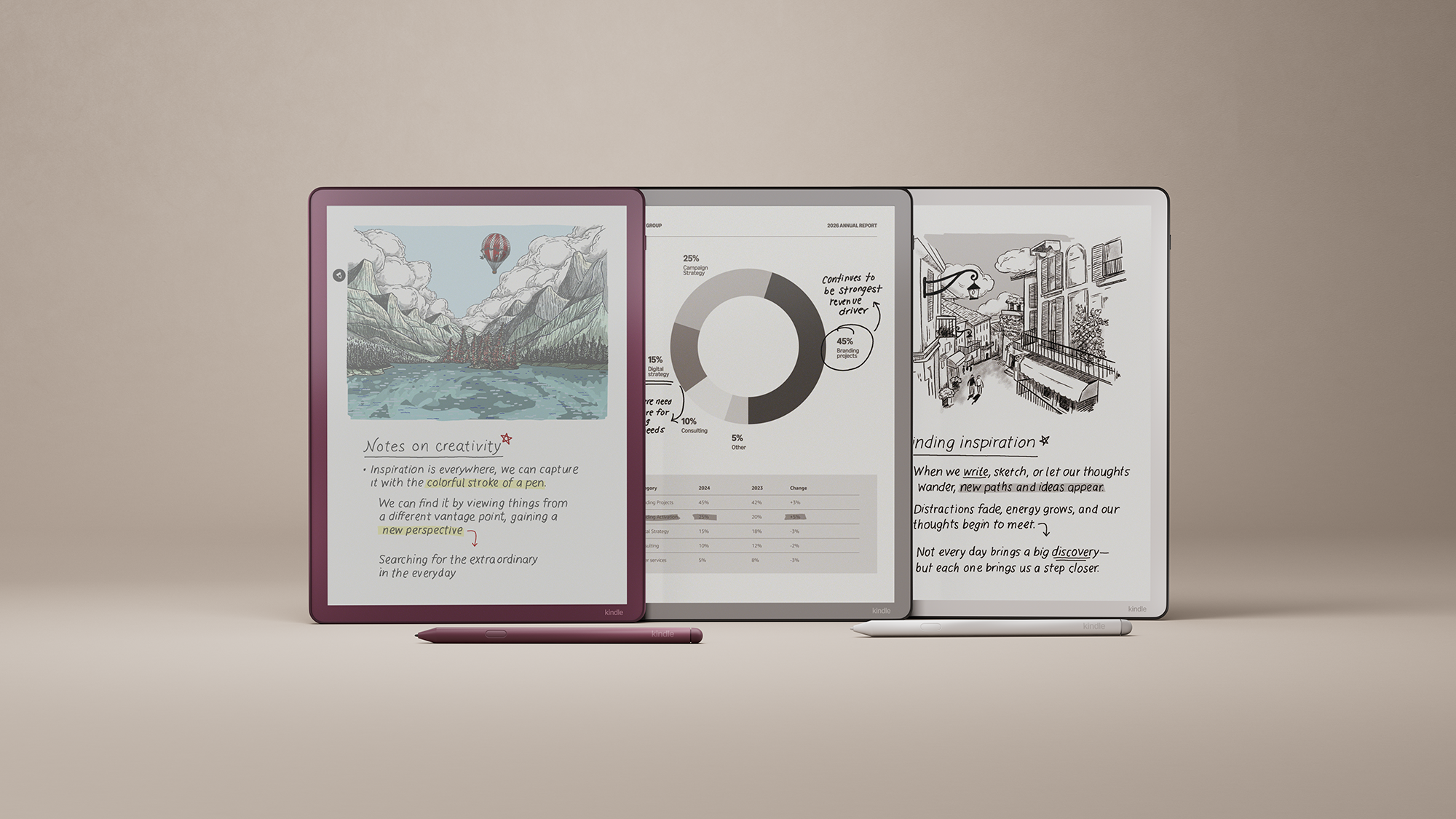
Adobe, a long-standing titan in the creative software industry, has dramatically expanded its artificial intelligence capabilities by introducing new AI assistants into its popular Creative Cloud applications, Adobe Express and Photoshop. This significant strategic move reflects the company’s commitment to integrating advanced generative AI directly into the workflows of millions of users, from aspiring creators to seasoned professionals. The rollout aims to streamline complex tasks, accelerate content creation, and democratize design, pushing the boundaries of what is possible within digital art and media production.
A New Era of Creative Automation
The integration of AI assistants marks a pivotal moment in the evolution of creative software, signaling a shift from purely manual manipulation to intelligent, collaborative creation. For decades, Adobe products like Photoshop, Illustrator, and Premiere Pro have been indispensable tools, renowned for their intricate control and powerful features. However, the rise of generative AI over the past few years, popularized by platforms such as DALL-E, Midjourney, and Stable Diffusion, has created a new paradigm, emphasizing speed and ease of content generation through simple text prompts. Adobe’s latest announcement positions the company firmly at the forefront of this revolution, blending its traditional strengths in precision editing with the transformative potential of AI. This initiative builds upon Adobe’s existing AI framework, Sensei, and its dedicated generative AI model, Firefly, which has already seen considerable success since its introduction, demonstrating the company’s sustained investment in artificial intelligence.
Tailored AI Experiences: Express and Photoshop
Adobe has adopted distinct approaches for integrating AI assistants into Express and Photoshop, reflecting the varied user bases and primary functionalities of each application. For Adobe Express, a platform designed for ease of use and rapid content creation, the AI assistant operates within a dedicated "assistant mode." This innovative interface allows users to generate new images and designs directly from text prompts, offering a streamlined creative flow. Users can seamlessly switch between this AI-powered mode and the traditional editing tools and controls that define Express, providing a flexible environment where generative capabilities complement precise manual adjustments. This design choice, according to Adobe’s Vice President of Generative AI, Alexandru Costin, is specifically tailored to cater to students and professionals who rely on Express for quick, impactful visual content. The objective is to enable users to achieve their creative goals without the need to navigate back and forth between disparate interfaces, thereby enhancing accessibility and maintaining intuitive control over the creative process.
In contrast, the new Photoshop assistant, currently undergoing closed beta testing, resides in a more conventional sidebar interface. This placement allows it to function as a powerful co-pilot within Photoshop’s complex ecosystem. Adobe highlights the assistant’s ability to comprehend different layers within an image, a fundamental aspect of Photoshop’s non-destructive editing workflow. This understanding enables the assistant to automatically select objects, create intricate masks, and execute repetitive tasks with remarkable efficiency. For instance, users can instruct the assistant to remove backgrounds, change specific colors, or apply consistent adjustments across multiple elements, significantly reducing the time spent on mundane, laborious operations. The distinction in implementation underscores Adobe’s nuanced understanding of its user base: Express users benefit from a simplified, generative-first experience, while Photoshop professionals gain an intelligent aid that integrates deeply into their existing, sophisticated workflows.
The Strategic Vision Behind Adobe’s AI Integration
Adobe’s strategic imperative behind these AI integrations is multifaceted. Firstly, it aims to maintain its market leadership in an increasingly competitive landscape where AI-first creative tools are rapidly emerging. By embedding powerful AI directly into its established platforms, Adobe ensures that its existing users benefit from the latest technological advancements without needing to migrate to new software. Secondly, it seeks to expand its user base, particularly with Adobe Express. By lowering the barrier to entry for design through intuitive AI prompts, Adobe can attract individuals and small businesses that may lack extensive design experience but require high-quality visual content for social media, marketing, and personal projects. This democratization of design is a significant cultural shift, empowering a broader segment of the population to become digital creators.
Furthermore, the introduction of these assistants is a clear response to the escalating demand for digital content. In today’s visually driven world, businesses and individuals alike require a constant stream of fresh, engaging visuals. AI assistants accelerate this process, allowing creators to produce more content, faster, and with greater consistency. The ability to quickly iterate on designs, generate variations, and automate tedious steps frees up creative professionals to focus on higher-level conceptualization, storytelling, and refining the artistic vision, rather than being bogged down by technical execution. This augmentation of human creativity, rather than outright replacement, appears to be a core tenet of Adobe’s AI strategy.
Expanding Horizons: Project Moonlight and Ecosystem Connectivity
Beyond the immediate launches, Adobe is actively exploring future frontiers of AI-powered creativity with ambitious initiatives like "Project Moonlight." This experimental endeavor envisions a new type of assistant capable of coordinating across different Adobe applications, creating a truly interconnected creative ecosystem. "Project Moonlight" aims to understand a creator’s unique style by analyzing their past work and even connecting to their social media channels. The potential implications are profound: an AI assistant that can maintain stylistic consistency across a brand’s visual assets, suggest relevant creative directions based on a user’s preferences, or even automate complex cross-application workflows. Still in its early stages of development and private beta, "Project Moonlight" represents Adobe’s long-term vision for a highly personalized and intelligent creative environment, where AI acts as a deeply integrated partner in the artistic process.
Adding another layer to its ecosystem strategy, Adobe is also investigating ways to connect Adobe Express with OpenAI’s ChatGPT through its app integrations API. This potential integration would allow users to generate design concepts and even complete designs directly within a conversational AI interface. Imagine a scenario where a user types a request into ChatGPT – "Create a social media graphic for a coffee shop promotion featuring a latte and a discount code" – and ChatGPT, leveraging Express, instantly generates a series of editable designs. This blurring of lines between conversational AI and creative execution could fundamentally alter how users initiate and manage their design projects, making creativity more accessible through natural language interactions.
Broader AI Enhancements Across Creative Cloud
The launch of these dedicated AI assistants is part of a broader wave of AI enhancements sweeping across Adobe’s entire Creative Cloud suite. Photoshop users, for example, are gaining increased flexibility with the generative fill feature, which allows them to choose from a selection of third-party models, including Google’s Gemini 2.5 Flash and Black Forest Labs’ FLUX.1 Kontext. This choice empowers creators to select the AI model that best suits their specific needs for tasks like object removal, image expansion, or content generation, reflecting an open approach to leveraging diverse AI innovations.
Similarly, Adobe Premiere Pro, the industry-standard video editing software, is receiving an AI-powered object mask feature. This enhancement significantly simplifies complex video editing tasks by allowing users to easily identify and select specific objects or people within video footage. Once selected, editors can apply targeted effects, adjust colors, or perform other manipulations with unprecedented precision and speed. This capability is particularly valuable for tasks such as color grading specific elements, applying visual effects to moving subjects, or selectively blurring backgrounds, which traditionally required tedious manual rotoscoping. These updates collectively underscore Adobe’s commitment to infusing AI into every facet of the creative workflow, from still images to dynamic video content.
Market Implications and the Future of Creativity
The comprehensive integration of AI assistants and features across Adobe’s Creative Cloud has significant market implications. It solidifies Adobe’s competitive edge against emerging AI-native creative tools and other established software providers. By offering a robust suite of AI-enhanced tools, Adobe strengthens its value proposition for its vast subscription base, encouraging continued loyalty and attracting new users. The increased efficiency and expanded capabilities offered by these AI tools could also lead to a surge in creative output across various industries, from marketing and advertising to entertainment and education.
However, this rapid advancement also brings forth important discussions regarding the future of creative professions. While AI assistants undeniably boost productivity and open new creative avenues, questions persist about the balance between human artistry and algorithmic generation. Experts suggest that rather than replacing human creators, AI tools are more likely to redefine their roles, shifting the focus towards prompt engineering, art direction, and strategic oversight of AI-generated content. The emphasis will increasingly be on critical thinking, ethical considerations, and the unique human touch that AI, despite its sophistication, cannot fully replicate. As Adobe continues to push the boundaries of AI in creativity, the dialogue around responsible AI development, data privacy, and the ethical implications of synthetic media will remain paramount, shaping not only the tools themselves but also the cultural landscape of creation.





